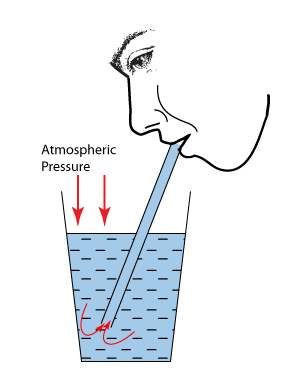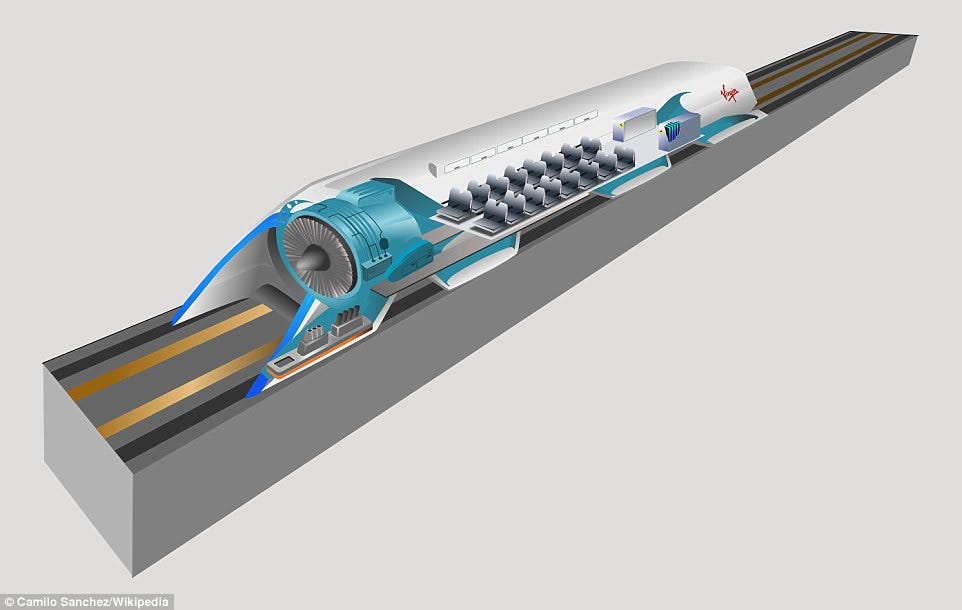It’s a common sight to see people go to their destinations in ordinary vehicles like cars, buses and trains. The richer sections of the society are able to afford more expensive means of transport like air travel and luxury cruises. These modes of travel aside, what if I draw your attention towards a concept, brainchild of Elon Musk, in which you can simply transport an item using tubes under high vacuum, basically sucking an object from one end of the tube to another the way you suck in a liquid from a soft drink bottle.

Researchers are now trying to implement the same concept to see the possibility of transporting people from one destination to another. This entire paragraph gives a bird’s eye view of Hyperloop. So what is Hyperloop? To put it in simple terms, it’s a mode of transport where partially evacuated vacuum tubes are used to transport goods from one place to another powered by air compressors. The concept of transporting mail through pneumatic tubes is not a new one and has been used earlier as well. The same idea is now being harnessed to see the possibility of actual human travel. However there are many difficulties in achieving this :
1) Hard core vacuum (Zero air pressure) is very difficult to achieve and maintain.
2) Even in case of a low pressure system, due to presence of some amount of air, we come across something called the Kantrowitz limit. Wondering what the heck I am talking about? Let’s make it simple.
To understand Kantrowitz limit, assume that a capsule is moving in a tube. There will be a minimum tube-to-capsule surface area ratio below which the flow is choked. Basically larger surface area of the capsule results in lesser distance between the walls of tube and the capsule and by the all too familiar Bernoulli’s principle, we know the capsule has to move much faster, eventually pushing the entire air column with it which is really bad.
There are 2 solutions for this mess :
1) You go very slow which is a big joke. I mean spending billions of dollars for a mode of transport that’s even slower than a train is not worth the effort or money.
2) You go really, really fast so that the air molecules have no time to be carried forward.
The second point might sound very thrilling if you are ready to bear high gravitational loads and the intense frictional heat generated (which is enough to melt a soft metal — Ouch!).
The concept of Hyperloop is still in its infancy and mind boggling amounts of money and time is being spent on making it feasible economically and technologically. If this succeeds (we can hope!), it will truly revolutionize the way we look at the concept of transport and travel.
Perhaps our grandkids will enjoy traveling in Hyperloop one day, so for now let’s just stick to the good old mode of standing and getting pushed in a bus!

To get to know more about this now futuristic concept, you can consult the following resources :
- https://en.wikipedia.org/wiki/Hyperloop
- http://www.spacex.com/sites/spacex/files/hyperloop_alpha-20130812.pdf
- http://www.spacex.com/hyperloop
- http://hyperloop.warr.de/wp-content/uploads/2017/07/Unveiling_Hyperloop_Pressemitteilung_ENG.pdf
– Ashwin Shenoy



